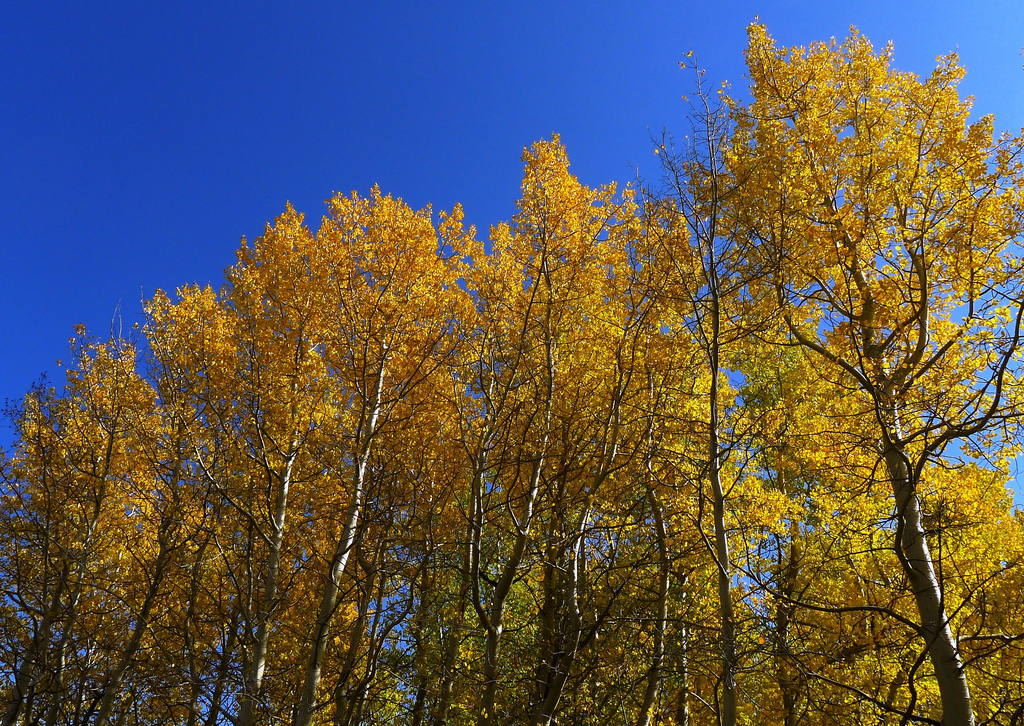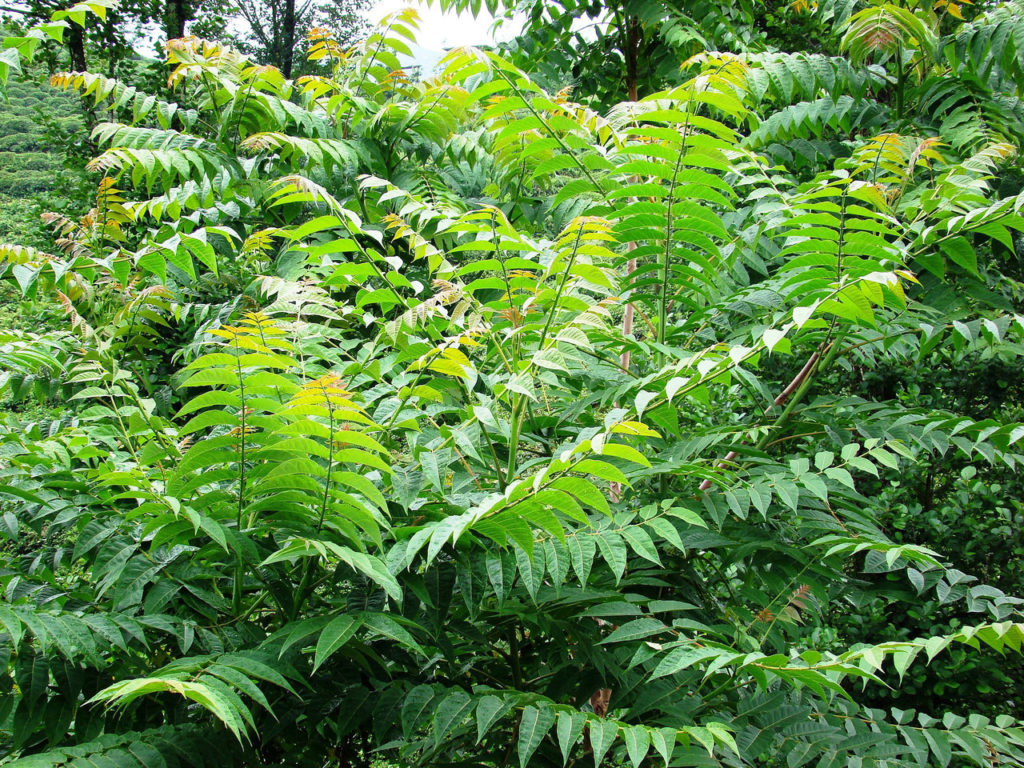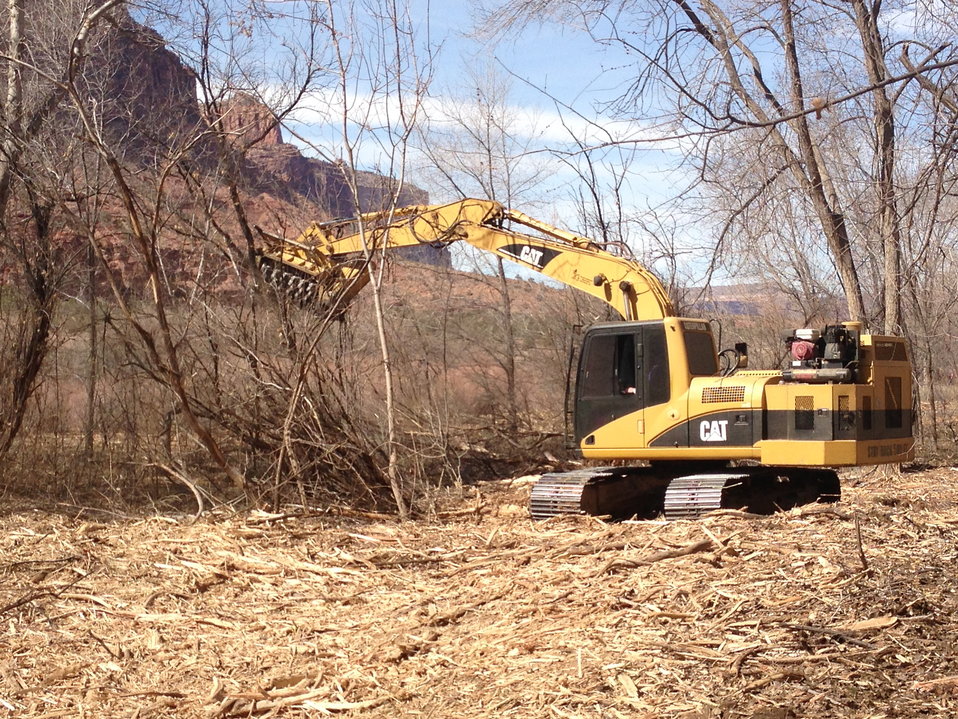
Having a tree in your yard that you absolutely despise is the bane of many homeowners, especially if it is high maintenance, causing you to continuously curse at it. I know, I’ve been there and it brought me great joy to finally cut that thing down. To help you avoid that same situation, here are the 5 worst trees to plant in Denver.
A couple of these trees are actually considered invasive and should be avoided at all costs.
1. Quaking Aspen
Quaking aspen trees (pictured above) are stunning, especially in the fall when a grove of trees on a mountainside turns the signature golden color and shimmers in the breeze. But when cultivated in yards they quickly become a nuisance. While these trees have the widest natural range of any other tree in North America, they’re best left to grow naturally in the wild.
One of the key characteristics of quaking aspen’s growth habit is how the tree propagates. Many trees propagate primarily by distributing seeds but the quaking aspen sends out prolific root sprouts that result in a colony of cloned trees that share a single root structure. This means the large stands of aspens on the side of a mountain are considered one single organism. It’s the root sprouts that make quaking aspen a nuisance tree when grown in your yard. The tree constantly sends out new shoots from the root system, and you will continuously battle these shoots popping up in your yard.
2. Siberian Elm
The Siberian elm has some good traits that could make it a favorable tree to plant in Denver. It’s adapted to growing in a range of soil types; it is tolerant of both alkaline and saline conditions; its quick rate of growth makes it desirable for establishing protection from shelterbelts.
On the flip side, it has many invasive qualities that allow the Siberian elm to spread aggressively. Seeds are produced in a small oval samara — a papery seed case with wings for improved dispersal — and have a high germination rate, especially in disturbed areas such as transportation corridors and empty lots. Siberian elms are also poor species to have in a yard because of very brittle branches and limbs that are prone to break in heavy wind storms or in late spring or early fall snowstorms that overload the branches. They’re also highly susceptible to disease.
3. Tree of Heaven

The tree of heaven or Ailanthus is an exotic, invasive tree native to parts of China and Taiwan. It was introduced to the Philadelphia area in the late 1700s and the West Coast in the 1850s. Many states are now concerned with its aggressive nature and ability to release an allelopathic chemical in its roots, leaves, and bark that prevents or kills plants growing in close proximity.
Not only does the tree of heaven produce an insane amount of seeds in a growing season that will have you raking and raking and raking, but when the numerous flowers bloom in the spring they are said to smell like cat urine.
4. Russian Olive
Considered an invasive tree and even a noxious weed in many Western states, the Russian olive is another one to avoid planting in your yard. It grows especially well in riparian zones, areas along rivers and streams, and is known to outcompete the native cottonwood tree in many areas. The problem lies in that the seeds of the Russian Olive are palatable and irresistible to birds who spread them profusely both near and far. Seeds also have a high germination rate, germinate in poor soil due to the ability of the tree roots to fix nitrogen, and establish quickly to outcompete native plants.
5. Tamarisk

Commonly known as salt cedar, tamarisk is another tree considered invasive in much of the West. This nonnative plant hoards water, light, and nutrients to impact natural ecosystems and destroy wildlife habitat by forming vast monocultures. Tamarisk also secretes large amounts of salt that impact neighboring plants.
In vast sections along Western rivers, tamarisk have edged out all other trees so they are the only species. Controlling this invasive species presents many challenges to biologists and ecologists. The USDA has turned to a biological control, four types of Diorhabda beetles. The beetles and their larva consume the foliage on salt cedars, reducing chlorophyll production and photosynthesis. In turn, the plant weakens from lack of sugars produced from photosynthesis and will die over time. The beetles, however, have themselves become an invasive problem for other habitats.